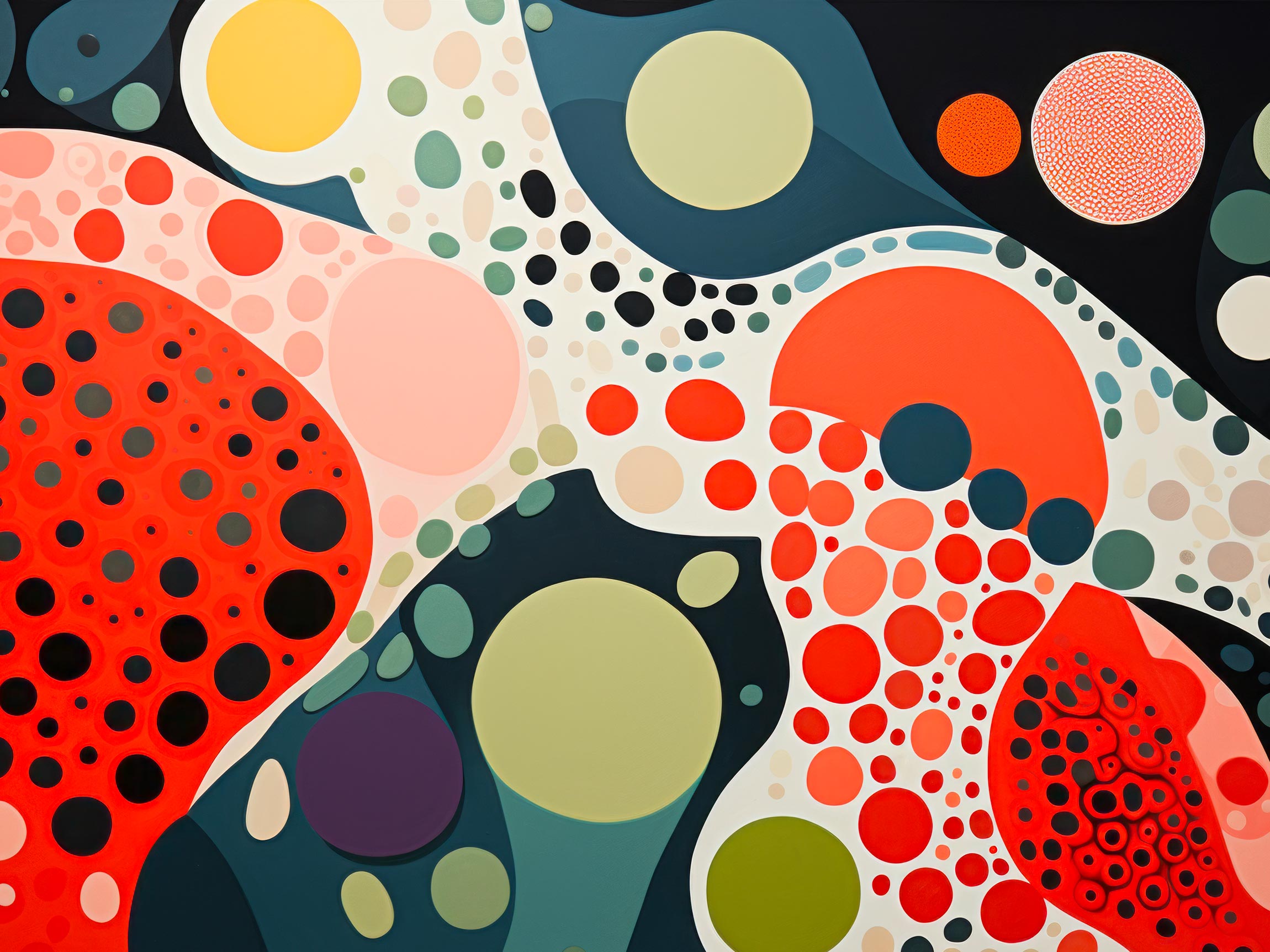The human body thrives on the harmonious interactions between its cells, each contributing its unique function to the greater whole. A similar interaction can be found in the world of design, where the elements of a composition collaborate to create a visually appealing and functional whole.
Design as the Organism: A Holistic Perspective
Much like the cells in a biological system, the elements in a design composition are not isolated entities; they exist in relation to one another. In the biological realm, cells communicate, cooperate, and coordinate their activities to ensure the optimal functioning of the organism. Similarly, in design, the various elements—typography, color, imagery, whitespace—interact to create a cohesive and harmonious visual experience.
Balance and Homeostasis: Equilibrium in Design
Biological systems are built on the principle of balance, where each cell’s function contributes to the overall equilibrium of the body. In design, balance is equally crucial, manifesting in the distribution of visual weight across a composition. Just as cells work together to maintain homeostasis, design elements collaborate to achieve equilibrium, ensuring that no single element overwhelms the others.
Functional Interdependence: The Role of Cells
Cells within a biological system often rely on each other to fulfill their functions. This functional interdependence is mirrored in design, where elements are carefully arranged to serve specific purposes. Typography guides the flow of information, colors evoke emotions, and imagery conveys messages. The harmony between these elements mirrors the cooperative nature of cells in a biological network.
Hierarchy: The Chain of Command
In both design and biology, hierarchy plays a pivotal role. In biology, cells organize into tissues, tissues into organs, and organs into systems, each level with its own specific function and authority. In design, hierarchy guides the viewer’s attention, ensuring that the most important information stands out.
Contrast and Specialization: Diversity in Unity
Biological systems thrive on diversity; cells take on specialized roles to collectively ensure the organism’s survival. In design, contrast achieves a similar effect. Bold typography contrasts with subtle imagery, vibrant colors with muted backgrounds. This interplay of contrast creates a visual hierarchy, similar to the specialized functions of cells working together in a biological system.
Harmony in Complexity: A Visual Symphony
In the natural world, the interactions between cells give rise to the complex symphony of life. In design, the harmonious interaction between elements creates a visual symphony that captivates the viewer’s eye. Just as a well-coordinated ballet of cells supports bodily functions, the orchestrated arrangement of design elements ensures a cohesive and engaging visual experience.
Evolution and Adaptation: Parallel Progression
As biological systems evolve to adapt to changing environments, design trends also evolve in response to cultural shifts. Just as species adapt to survive, designers adapt to create relevant and meaningful content. This parallel evolution highlights the inherent connection between the dynamic processes of biology and design.
Symbiosis: The Nexus of Nature and Art
In the end, the synergy between design and biology reflects the harmonious interconnectedness that defines our world. Cells collaborate to sustain life, and design elements collaborate to convey messages and emotions. This symbiotic relationship speaks to the innate human desire to create, connect, and communicate—a universal thread that weaves through the fabric of life and art.


